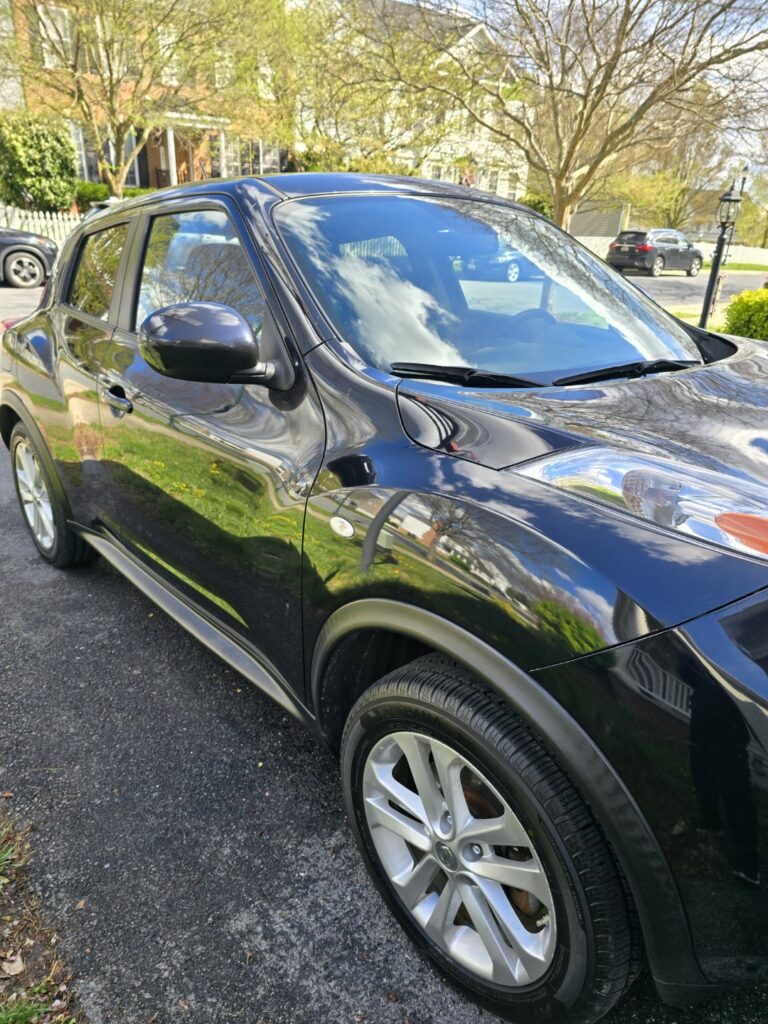
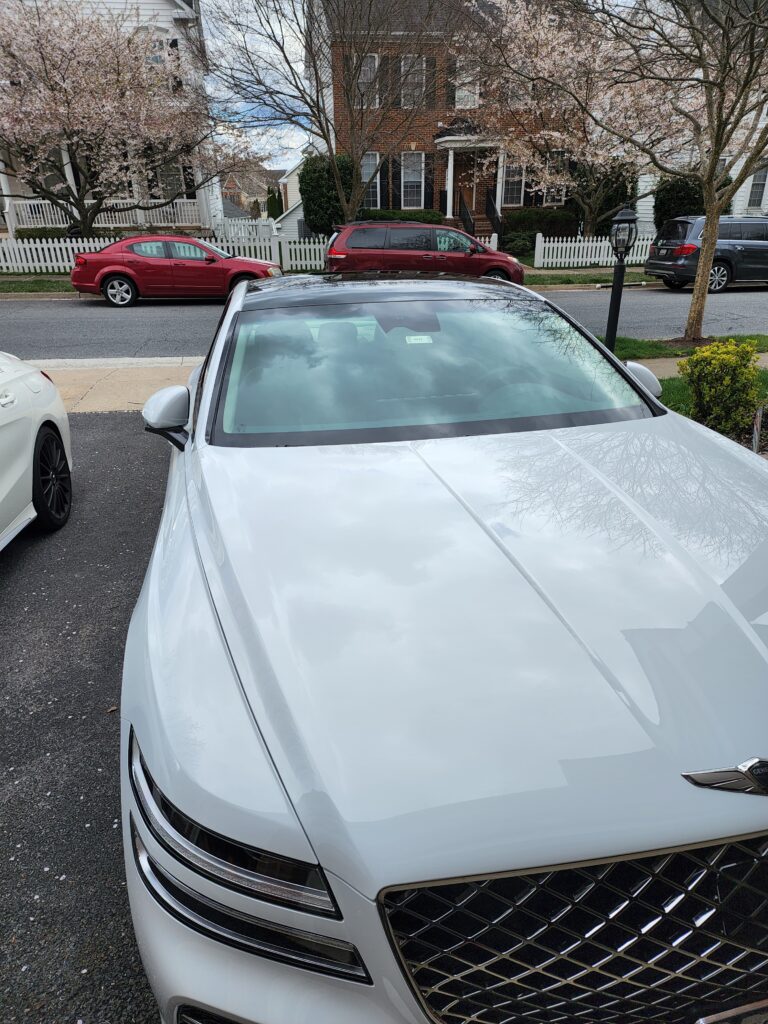
Maintaining your car’s paint isn’t just about aesthetics; it’s an investment in your vehicle’s longevity and value. This comprehensive guide will walk you through everything you need to know to keep your car looking brand new for years to come.
Why Protecting Your Car’s Paint Matters
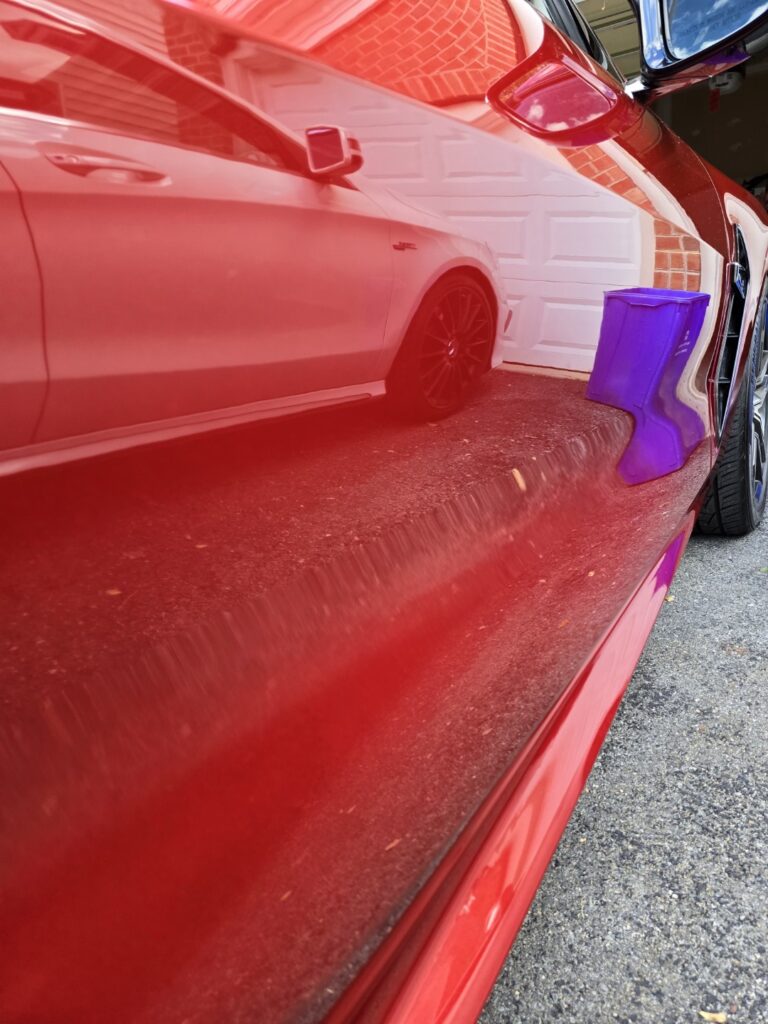
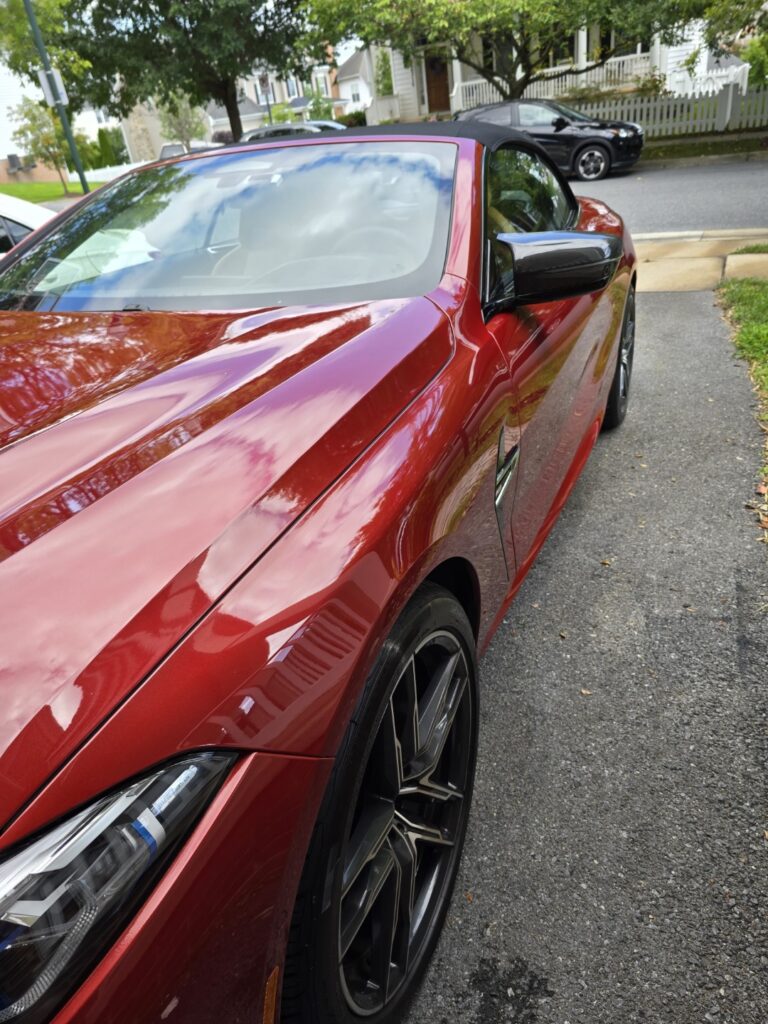
Importance of Paint Protection for Car Longevity
Your car’s paint acts as a protective layer against external elements. Over time, this layer can wear down, leaving the metal underneath exposed to corrosion and rust. By protecting your car’s paint, you’re safeguarding its structural integrity.
Resale Value and Aesthetic Appeal
First impressions matter, especially when selling your car. A well-maintained paint job can significantly increase your vehicle’s resale value, making it more attractive to potential buyers.
Common Threats to Car Paint
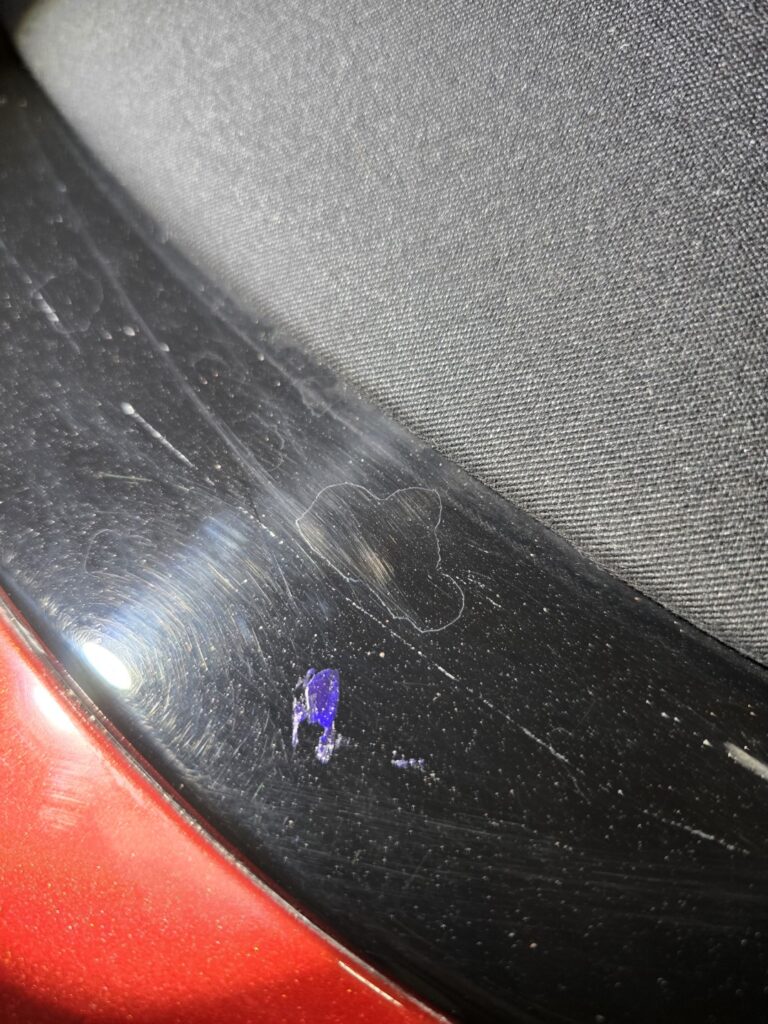
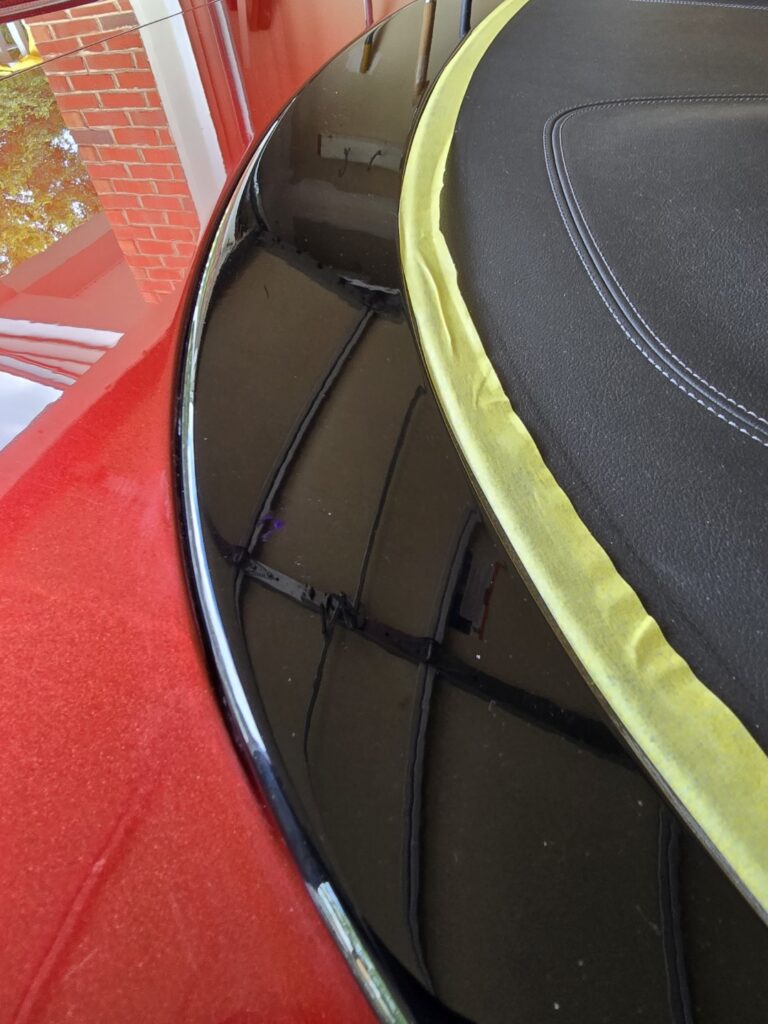
Environmental Factors: Sun, Rain, and Snow
UV rays from the sun can fade your car’s paint, while rain and snow introduce moisture that promotes rust. Over time, these factors can severely damage the exterior.
Chemical Contaminants: Bird Droppings, Tree Sap, and Acid Rain
Bird droppings and tree sap are highly acidic and can eat through your car’s clear coat if not removed promptly. Acid rain further accelerates paint deterioration.
Physical Damage: Scratches and Chips
Road debris, minor accidents, and even improper cleaning techniques can cause scratches and chips. These blemishes not only mar the appearance but also expose the metal to rust.
Choosing the Right Paint Protection Method
Waxing vs. Sealing: What’s the Difference?
Waxing provides a temporary protective layer that enhances shine, while sealing offers longer-lasting protection but may lack the depth of gloss.
Ceramic Coatings: Pros and Cons
Ceramic coatings form a semi-permanent bond with your car’s paint, offering superior protection against environmental hazards. However, they require professional application and can be costly.
Paint Protection Film (PPF): Is It Worth It?
PPF is a clear film applied to your car’s surface to protect against scratches and chips. While effective, it’s an investment that requires expert installation.
How to Maintain Your Car’s Paint
Proper Washing Techniques
Always use a two-bucket system—one for soapy water and another for rinsing. This minimizes the risk of reintroducing dirt and causing scratches.
Using Microfiber Cloths and Specialized Soaps
Microfiber cloths are gentle on your car’s surface, and pH-balanced soaps are less likely to strip protective coatings.
Regular Inspections and Spot Repairs
Inspect your car’s paint regularly for signs of damage. Addressing small scratches and chips early prevents them from becoming major issues.
Seasonal Tips for Car Paint Protection
Preparing for Summer: UV Protection
Apply UV-resistant coatings and park in shaded areas whenever possible. Sunshades can also help protect the interior.
Winterizing Your Car’s Paint
Use a high-quality wax before winter to create a barrier against road salt and snow. Wash your car frequently to remove corrosive residues.
Year-Round Maintenance Tips
Consistency is key. Regular cleaning, waxing, and inspections ensure your car’s paint remains in top condition.
Professional Services vs. DIY Solutions
Cost Analysis: When to Invest in Professional Help
Professional services are ideal for high-end cars or extensive damage. DIY solutions are budget-friendly but may not offer the same level of protection.
DIY Paint Protection Kits: Are They Effective?
DIY kits can be effective if applied correctly. Follow manufacturer instructions carefully for the best results.
Myths and Misconceptions About Paint Protection
Waxing Eliminates All Scratches
Waxing can fill minor scratches but won’t repair them. Deeper scratches require professional attention.
Paint Protection Films Are Permanent
While durable, PPFs have a lifespan and will eventually need replacement.
DIY Ceramic Coatings Are the Same as Professional Applications
Professional-grade ceramic coatings are more durable and effective than DIY versions.
Advanced Techniques for Ultimate Paint Protection
Hydrophobic Coatings
These coatings repel water, making it easier to clean your car and preventing water spots.
Graphene-Based Solutions
Graphene coatings offer enhanced durability and heat resistance compared to traditional ceramic coatings.
Innovations in Self-Healing Paint Technologies
New paint technologies can repair minor scratches with heat application, keeping your car looking pristine.
FAQs About Car Paint Protection
How Often Should I Wax My Car?
Wax your car every 3-4 months for optimal protection.
Can Ceramic Coatings Protect Against All Damages?
No, while they’re highly durable, ceramic coatings can’t prevent physical damage like scratches.
Is Paint Protection Worth It for Older Cars?
Yes, protecting the paint of older cars can enhance their appearance and prevent further deterioration.
How Do I Remove Bird Droppings Safely?
Use a microfiber cloth and a mild cleaning solution. Gently dab the area to avoid scratches.
What’s the Best Way to Fix Minor Scratches?
For minor scratches, use touch-up paint or a scratch repair kit.
Should I Choose a Professional for Paint Protection Film Installation?
Yes, professional installation ensures better coverage and longer-lasting results.
Conclusion and Final Tips
Protecting your car’s paint is an ongoing process that requires effort and attention to detail. By following the tips and techniques outlined in this guide, you can keep your car looking its best for years to come.
